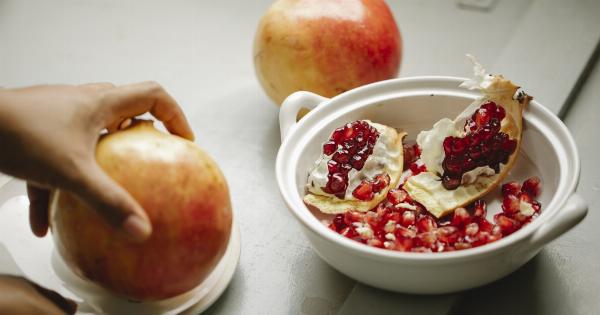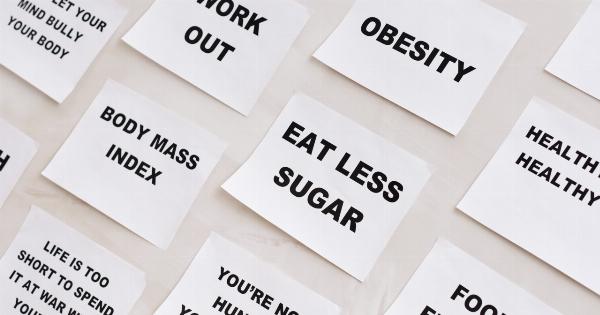Bloating is a common condition that many people experience from time to time. It is characterized by a swollen or distended abdomen, discomfort, and a feeling of fullness.
While bloating can be caused by various factors, including gastrointestinal disorders, hormonal changes, and certain medications, it is often linked to dietary choices.
1. Increase Water Intake
One of the simplest ways to reduce bloating is to increase your water intake. Drinking an adequate amount of water helps to flush out toxins, aids digestion, and prevents constipation, which can contribute to bloating.
Aim to drink at least eight glasses of water per day, or more if you are physically active or live in a hot climate.
2. Limit Carbonated Beverages
Carbonated beverages, such as soda and sparkling water, can introduce gas into your digestive system, leading to bloating. Avoid or limit your consumption of carbonated drinks to reduce bloating. Opt for plain water, herbal tea, or infused water instead.
3. Avoid or Limit Foods High in Sodium
Excessive sodium intake can cause water retention and bloating. Reduce your consumption of processed foods, such as canned soups, snacks, and fast food, as they are often loaded with sodium.
Instead, opt for fresh, homemade meals that allow you to control the amount of salt used.
4. Incorporate Probiotic-Rich Foods
Probiotics are beneficial bacteria that help maintain a healthy gut microbiome. Including probiotic-rich foods in your diet can aid digestion and reduce bloating.
Foods such as yogurt, kefir, sauerkraut, kimchi, and kombucha are excellent sources of probiotics.
5. Eat Smaller, More Frequent Meals
Consuming large meals can put additional strain on your digestive system, leading to bloating. Instead, opt for smaller, more frequent meals throughout the day. This approach allows your body to digest food more efficiently and can help prevent bloating.
6. Identify and Avoid Food Sensitivities
Food sensitivities can vary from person to person and may cause bloating. Common culprits include lactose, gluten, and certain types of carbohydrates, such as those found in beans and lentils.
Keep a food diary to identify any potential triggers and consider eliminating them from your diet.
7. Cook Cruciferous Vegetables
Cruciferous vegetables, such as broccoli, cauliflower, and cabbage, offer numerous health benefits but can also cause bloating. Cooking these vegetables can make them easier to digest and reduce the likelihood of bloating.
Steaming or sautéing them lightly can help minimize bloating while retaining their nutritional value.
8. Chew Food Thoroughly
Many people rush through their meals, leading to insufficient chewing of food. Inadequate chewing can result in larger food particles that are harder to digest, leading to bloating.
Take the time to thoroughly chew your food, allowing your saliva to initiate the digestion process and ease the burden on your digestive system.
9. Limit Fatty and Greasy Foods
Fatty and greasy foods can slow down digestion and contribute to bloating. Limit your intake of fried foods, processed snacks, and fatty meats. Instead, opt for lean proteins, whole grains, and healthy fats like avocados and nuts.
10. Reduce Intake of High-Fiber Foods
While fiber is generally beneficial for digestive health, consuming excessive amounts of high-fiber foods can lead to bloating. Slowly increase your intake of fiber-rich foods, such as fruits, vegetables, and whole grains, to allow your body to adjust.
Additionally, drink plenty of water to help move the fiber through your system more effectively.






























